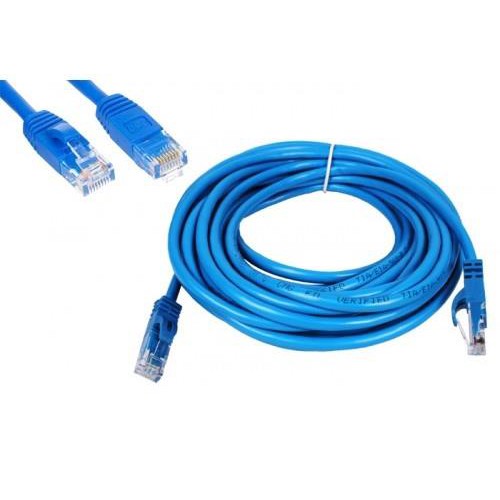In our increasingly interconnected world, where digital communication is the heartbeat of modern society, understanding the fundamentals of networking technology is essential. At the core of wired connectivity lies Ethernet, a ubiquitous and vital technology that forms the backbone of our digital landscape. In this blog, what is an ethernet intricacies of Ethernet, exploring its history, functionality, and its pivotal role in shaping the way we connect and communicate.
The Genesis of Ethernet:
Ethernet, conceived in the early 1970s by Robert Metcalfe and his colleagues at Xerox PARC, marked the beginning of a revolutionary era in networking. Originally designed to connect computers within a local network, Ethernet quickly evolved into a standardized protocol, now governing wired communication globally.
How Ethernet Works:
Ethernet operates on a simple yet robust principle—devices are connected to a local network through Ethernet cables, creating a physical link for data transfer. It utilizes a protocol to manage data packets, ensuring efficient and reliable communication between devices. With the advent of various Ethernet standards like Fast Ethernet and Gigabit Ethernet, data transfer speeds have seen remarkable advancements, meeting the demands of our data-intensive world.
The Key Components:
Understanding Ethernet involves familiarizing ourselves with its key components. Ethernet cables, with their distinct RJ-45 connectors, physically connect devices. Ethernet switches and routers play a crucial role in managing data flow within a network, directing packets to their intended destinations. These components work seamlessly to create a network infrastructure that powers our digital connectivity.
Ethernet in Action:
Ethernet’s influence extends far beyond local networks; it is the linchpin of internet connectivity. When you send an email, stream a video, or browse a website, Ethernet is quietly working in the background, ensuring the smooth flow of data between your device and the vast network of interconnected systems.
The Evolution of Ethernet:
Ethernet continues to evolve to meet the demands of an ever-expanding digital landscape. From the introduction of Power over Ethernet (PoE) for simplified device powering to the development of 10 Gigabit Ethernet and beyond, the technology remains at the forefront of innovation, adapting to the needs of the modern world



